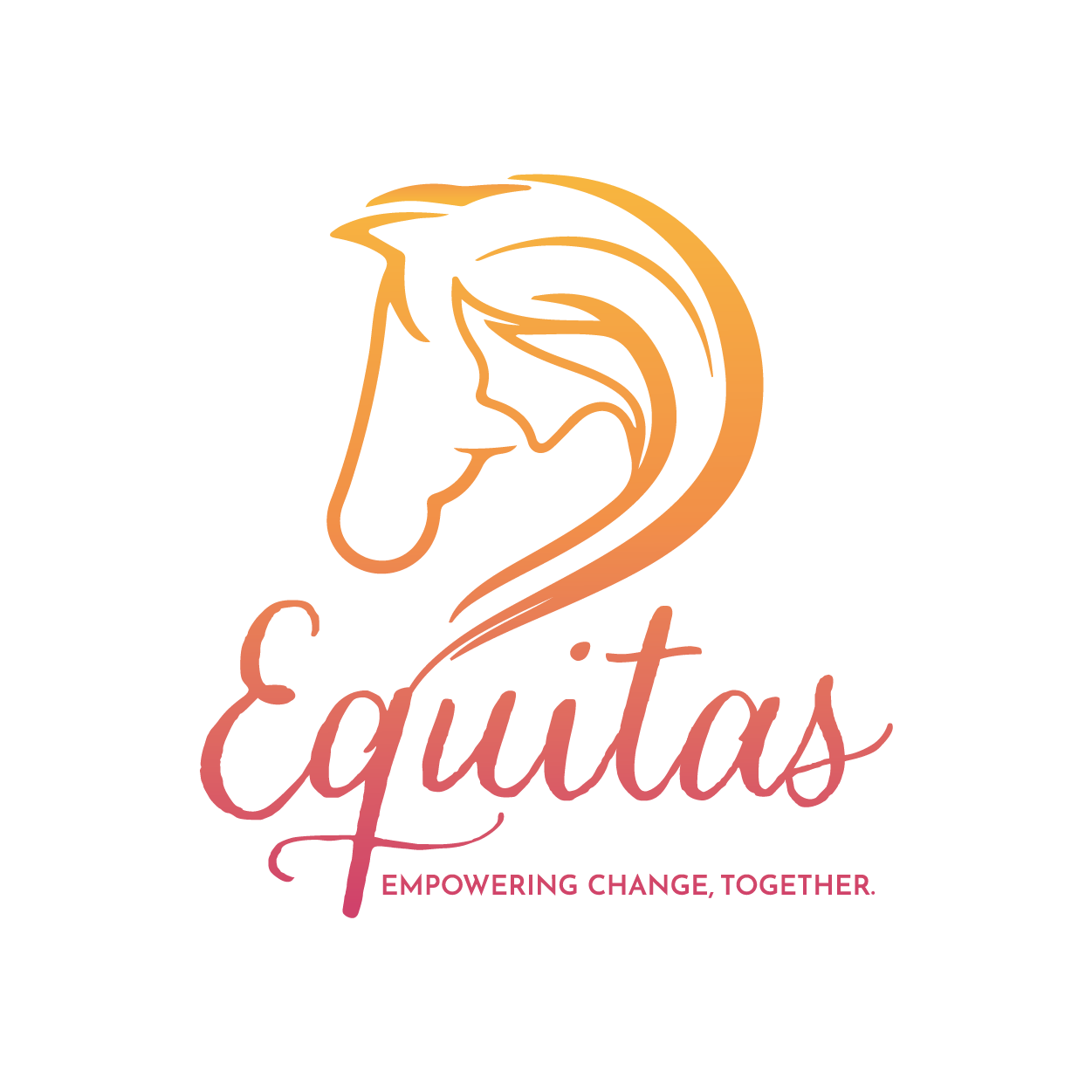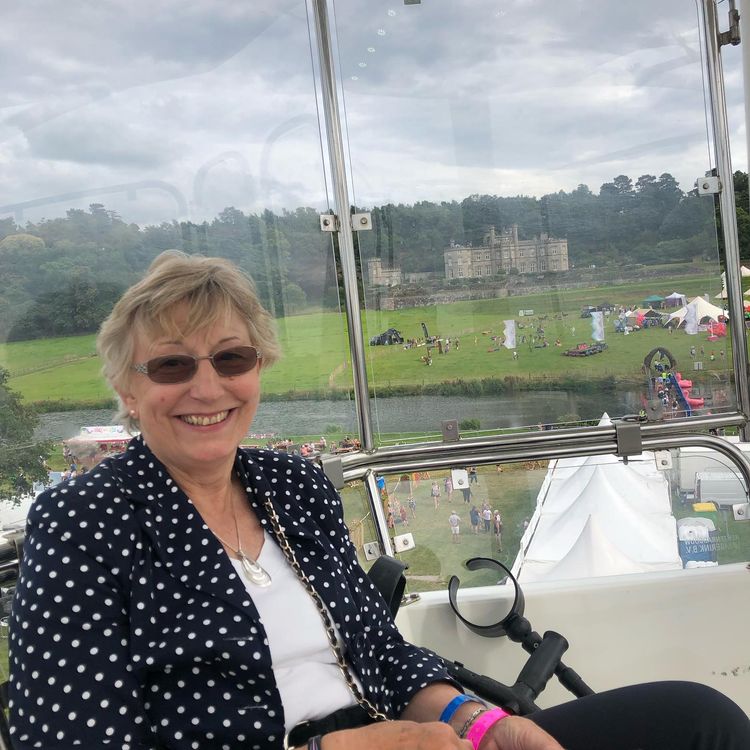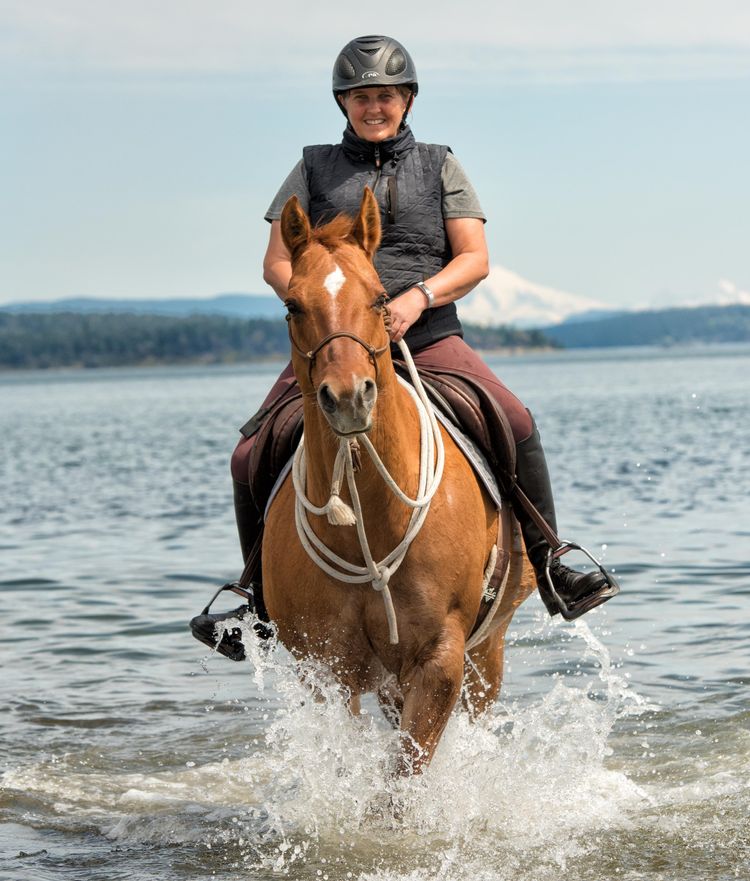Leading Communities and Building Positive Movements

Leadership is about creating a positive impact on those around you, and this is especially true when it comes to leading communities and building positive movements. A leader who wants to make a difference must be able to inspire and bring together a group of people with a shared vision, mission and values.
Building a community and a movement requires not just strong leadership, but also a strong culture, solid communication and collaboration, and the ability to navigate challenges and obstacles.
In this piece I wanted to give our community a deeper look into how we and I in particular look at leading communities and building positive movements like Equitas, The Grassroots Gazette or The N3xt Generation.
"The Future belongs to those who believe in the beauty of their dreams" - Eleanor Roosevelt.
Here are some key principles we are currently implementing here at Equitas with a focus on how we lead our communities and the pathway to building a really positive, strong and impactful movement for female equestrians across the world:
- Clarify the purpose and vision: A clear and compelling purpose and vision are the foundation of any community or movement. The leader must articulate a shared goal that inspires and motivates people to take action. The purpose must be something that people can relate to and feel passionate about, and the vision should be bold enough to generate excitement and energy.
- Foster a strong culture: Culture is the collective norms, values, beliefs, and attitudes that shape the behaviour of the members of a community or movement. A strong culture helps to build trust, foster collaboration, and create a sense of belonging among the members. Leaders should be intentional about defining the values and behaviors that they want to cultivate in the community or movement.
- Encourage collaboration: Collaboration is key to building a positive movement. Leaders must create opportunities for members to work together, share ideas, and provide feedback. This can be achieved through regular meetings, working groups, and other forms of engagement. Leaders should also facilitate open and transparent communication, encourage constructive disagreement, and create a sense of ownership and accountability among members.
- Nurture relationships: Relationships are the foundation of any community or movement. Leaders should invest time and energy in building strong relationships with members, and create opportunities for members to build relationships with one another. Relationships foster trust, increase collaboration, and help to build a sense of community.
- Embrace diversity and inclusion: A community or movement that is inclusive and values diversity is more likely to be successful. Leaders should actively seek out and engage with a diverse range of perspectives, backgrounds, and experiences. This creates a more dynamic and creative community and movement, and helps to build a sense of shared ownership and accountability among members.
- Empower members: Leaders must empower members to take ownership of the community or movement and contribute to its success. This can be achieved by giving members meaningful roles and responsibilities, providing opportunities for them to develop their skills, and recognizing and celebrating their contributions. Empowering members helps to build their confidence and increases their sense of ownership and accountability.
- Lead by example: Leaders must lead by example and demonstrate the behaviors and values that they want to cultivate in the community or movement. This includes being honest, transparent, and authentic, and demonstrating a commitment to the shared purpose and vision.
- Celebrate successes: Celebrating successes is an important part of building a positive movement. Leaders should recognize and celebrate the achievements of members, both big and small, and create opportunities for members to share their stories and successes with one another. This helps to build morale and increase the sense of pride and ownership among members.
In conclusion, leading communities and building positive movements requires a combination of skills, values, and behaviours. Leadership teams with a clear purpose and vision that fosters a strong culture, encourages collaboration, nurtures relationships, embraces diversity and inclusion, empowers members, leads by example, and celebrates successes is more likely to create a positive impact and achieve lasting results.
Building a community or movement is a journey, not a destination, and requires ongoing effort and commitment from the leader and members alike.




